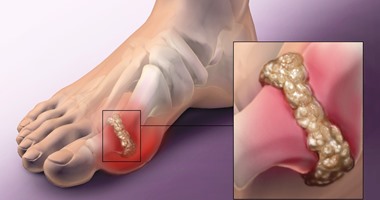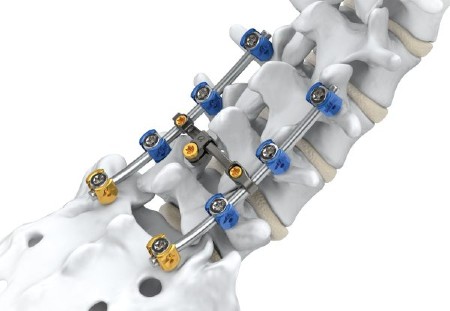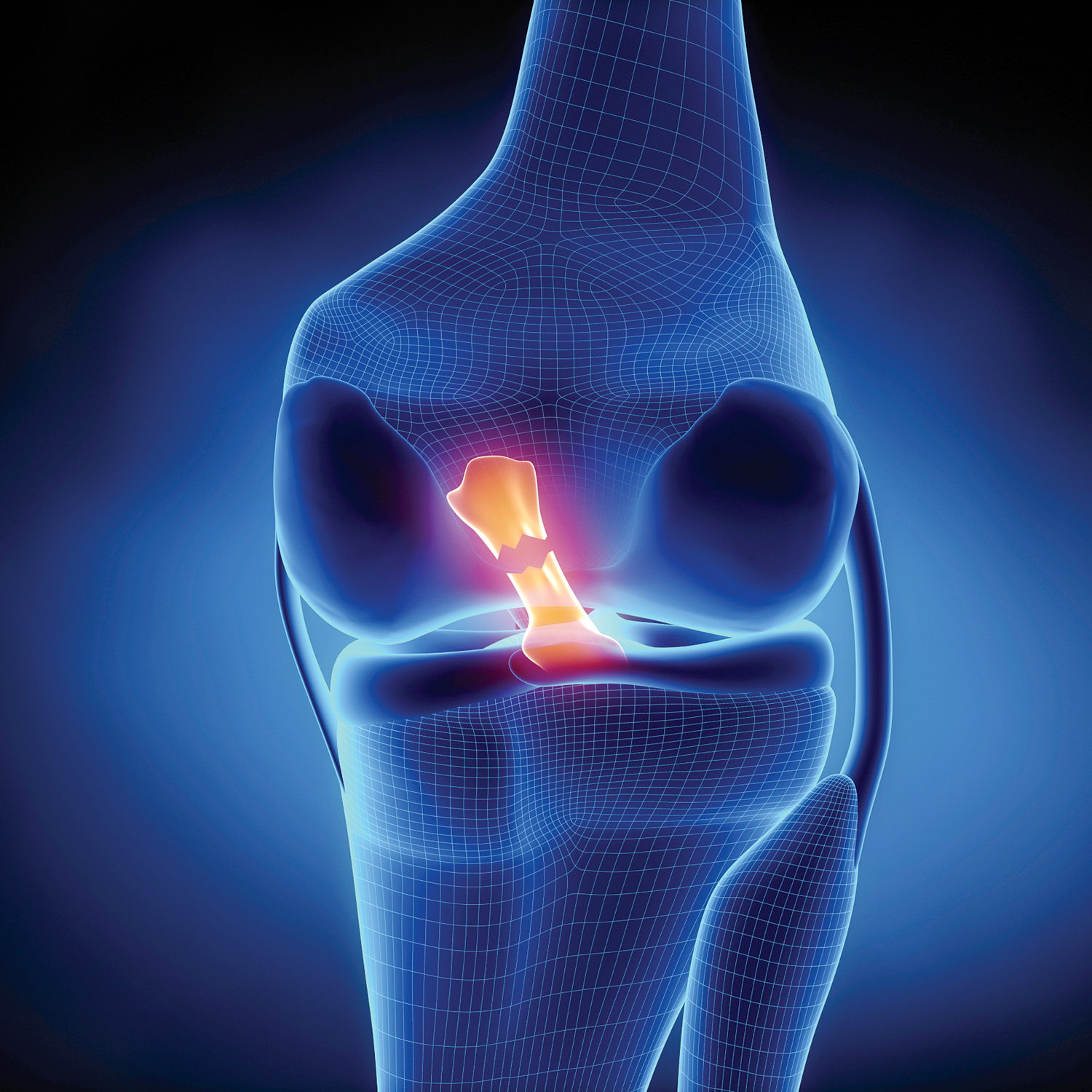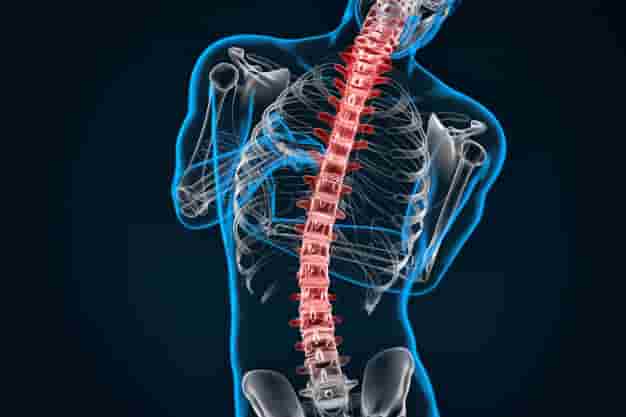Learn more about plantar fasciitis
Not many people are aware of Plantar Fasciitis, what are its causes, and how to recognize its infection, here is the following article to clarify a lot of things on this topic.
Plantar fasciitis
Plantar fasciitis is considered one of the most common diseases that may affect the foot among individuals, as it is present among a large percentage of people. It is also known as the heel nail, in addition to its medical name, Heel Spur, and its pain is represented by the feeling of stabbing, the severity of which may cause the individual to be unable to move normally due to the severity of the pain.
The main reason why an individual suffers from a bone thorn is not specified until the present time, but it has been inferred that it may be a result of too much effort on the foot, and here are some of the things that have been concluded that raise the possibility of a bone thorn:
- Doing exercises on very hard surfaces.
- Doing exercises that require leg binding or heel stretching.
- The soles of the feet are stretched too much during exercises.
- Wearing improper shoes when exercising.
- Suffering from obesity.
In addition to the presence of many other causes that may cause plantar fasciitis, for example:
- Problems with the muscles, ligaments, and soft tissues in the heel area.
- Damage to the membrane covering the heel bone.
- With age, the heel is unable to absorb the shocks it is exposed to as effectively as before.
- Calcium buildup in the heel area.
Plantar fasciitis treatment
Can Plantar fasciitis be cured?
Many methods are followed in the treatment of plantar fasciitis, but it is only for the sake of relieving pain and severity of symptoms, and it is considered the only way through which plantar fasciitis is completely cured through surgical intervention.
However, this solution is not resorted to in most cases, but if other therapeutic methods did not work, then this matter is necessary because in that case, the patient becomes unable to bear the pain in any way.
How do I get rid of plantar fasciitis?
Some methods may help get rid of plantar fasciitis away from the conventional treatment methods, for example:
- Use toe separators.
- To provide arch support, shoe inserts are used.
- During the day, orthopedic stockings are used.
- Use a sports bar.
- Follow physical therapy methods such as massage.
How long does it take to treat plantar fasciitis?
Mostly, plantar fasciitis requires a long time for its treatment to take its proper effect, but in many cases, the individual may begin to feel relief from the first weeks of receiving treatment, and in other times it may take 10 to 12 months.
Plantar fasciitis treatment at home
There are many methods that one can follow to treat plantar fasciitis at home and here are some of them:
- Cold compresses: They have a great factor in reducing the severity of infections that may affect the individual with his spinal bone injury, and this is done by placing ice in a piece of cloth and placing it in the place of pain and continuing to do so every hour, especially when waking up from sleep.
- Appropriate shoes: Comfortable shoes with specific characteristics must be worn to prevent deterioration of the condition of the patient with spinal bone. Examples of suitable shoe specifications include:
- Heel: It is preferable to be firm to prevent the foot from slipping.
- Medium flexibility: The shoe should not be too flexible to protect the foot from any twists that may affect it.
- Slightly raised heel: to relieve pressure on the heel, which is the main place for the spinal bone.
- Apple cider vinegar: Its importance in treating the spinal bone is because it contributes significantly to dissolving calcium deposits that form plantar fasciitis, and to get the best result from it, put the foot in warm water with apple cider vinegar or wrap the foot with a cloth soaked in apple cider vinegar for a few minutes.
- Baking soda: It has a very effective role in dissolving calcium deposits that cause the spinal bone, and it is used by placing half a spoonful of baking soda with some water and placing it on the area of the spinal bone.
- Medicines: Some of the medicines that calm the inflammation associated with the spinal bone, such as ibuprofen and aspirin, are used, but it is recommended that the individual not take them if he suffers from kidney disease or ulcers and bleeding in the stomach.
The fastest treatment for a bone thorn
When a person suffers from plantar fasciitis, he wants to get the fastest possible treatment in order to relieve the severe pain that he suffers from, and here are some methods that you can follow for that:
- Make sure to get enough rest and avoid doing any sporting activities on hard surfaces.
- Cold water compresses to relieve pain 3 to 4 times a day.
- Use of non-steroidal anti-inflammatory drugs such as ibuprofen.
- Doing stretching exercises that play a major role in relaxing muscles and preventing their stiffness.
- In the case of severe obesity, he must follow a diet to reduce weight.
- Wearing comfortable shoes that provide the necessary support for the patient, in addition to heel supports that are made of silicone.
- Use of injections to reduce inflammation, such as corticosteroid injections.
- Applying a night splint to help the foot relax.
Dissolving plantar fasciitis
Several methods are used to dissolve plantar fasciitis, here are some of them:
- Therapeutic methods through needles or shock waves.
- Apply ice packs to the heel throughout the day frequently for at least 10 minutes each time.
- Some types of exercise, such as stretching exercises stretch the foot and stretch the toe, and it is better to do so according to the instructions of a physiotherapist.
- Plantar fasciitis may be primarily due to a lack of calcium in the body, and for this reason, it is better to take vitamins to compensate for that.
- Wearing certain types of shoes play a major role in dissolving the spinal bone, as they are flexible and heavily padded, making movement much easier.
- Massage with a physiotherapist in the heel area, as this stimulates blood circulation and reduces pressure on the heel area.
Symptoms of plantar fasciitis
How do I know if I have plantar fasciitis?
- Feeling severe foot pain, especially in the morning.
- There is pain throughout the day centered in the heel area.
- Suffering from infections and swelling in the forefoot.
- An extremely high temperature in the affected foot.
- A sensation of a bone-like bump on the bottom of the foot.
- More about severe
Foods prohibited for patients with plantar fasciitis
To avoid serious complications that may result from plantar fasciitis, we must be aware of the prohibited foods for owners of this disease, and here are examples of that:
- Avoid eating fast foods that are full of saturated fats that cause abnormal weight gain.
- Not eating food that increases uric acid and purine, such as meat, lamb, liver, herring, tuna, duck, and turkey.
- Avoid foods and sweets that contain large amounts of sugar.
- Be careful not to eat any types of legumes or soft drinks and beer.
- Avoid types of nuts that may lead to an increase in uric acid in the blood, which accelerates the incidence of bone forks.



















